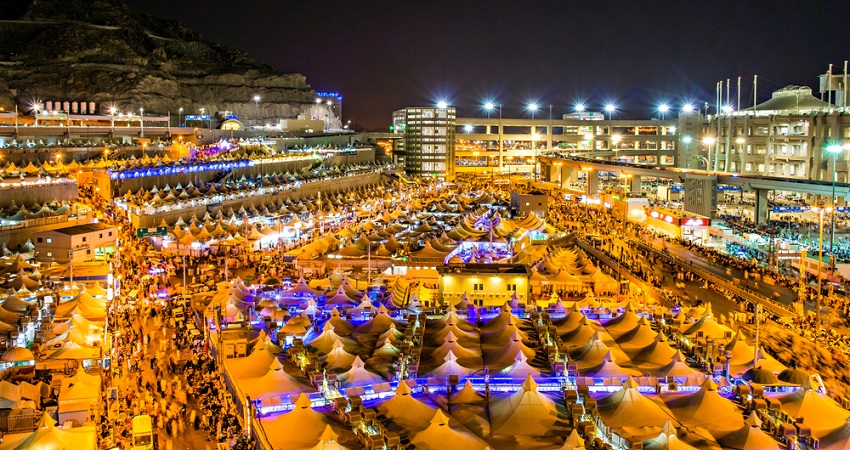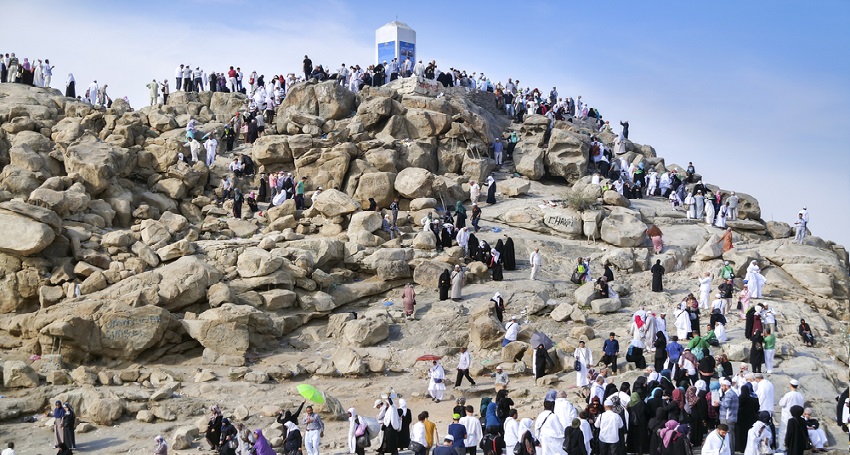What is Hajj?
Hajj is the yearly Muslim journey that is viewed as one of the five mainstays of Islam. The ceremonies performed during this excursion were laid out by Prophet Muhammad. Be that as it may, in light of the Quran, these customs can be followed back to Prophet Ibrahim, who was approached to leave his significant other and child in the desert of Mecca. As per Islamic convictions, playing out these rituals with confidence in Allah addresses accommodation to god and acquires merit.
What is Umrah?
Umrah is the Islamic journey to the sacred city of Mecca that can be performed whenever of the year. Muslims call it the ‘minor journey’ that scrubs a traveler and liberates him/her from the wrongs and sins of his/her past. Performing Umrah is enthusiastically suggested in the Islamic religion as it is a demonstration of adoring and recognizing the most generous Allah.
5 Differences between Umrah and Hajj
While it is true that both Hajj and Umrah are significant in Islam and are performed at the Holy Kaaba, they are very much different from each other based on the rituals and importance. There are several grounds based on which these pilgrimages can be considered different. The most important ones are mentioned below:
1. Significance
In Islam, both Umrah and Hajj are supposed to offer pilgrims forgiveness and extra merits. However, according to religion, the level of importance of both these journeys is different. Hajj is considered an obligatory pilgrimage that every Muslim must undertake at least once in his/her lifetime, given he/she is physically and financially capable of making the journey, however performing Umrah is not compulsory. Umrah is highly recommended but not mandatory, unlike the major pilgrimage of Hajj. This sets Umrah and Hajj different from each other.
2. Timing
Another difference between Hajj and Umrah is the time when one should go on these pilgrimages. Muslims undertake the journey of Hajj during the month of Dhu al Hijjah, the last month of the lunar calendar. The rites of Hajj are to be performed between the 8th and 12th day of this month. Whereas Umrah can be performed during any time of the year.
3. Obligatory Acts
For Umrah, the obligatory acts include assuming the state of Ihram after declaring the intention of Umrah, performing Tawaf, carrying out Sayi between the hills of Safa and Marwa, and lastly, shaving the head or clipping a portion of hair. Whereas, when performing Hajj, one needs to assume Ihram from Meeqat, stand on Arafah until sunset, spend the night at Muzdalifah, and pass the night in Mina during Tashreeq, stone the Jamarat, shave the hair, and lastly, perform farewell circumambulation. Notably, both the pilgrimages are considered complete only after performing all these obligatory acts.
4. Time Required for Rituals
The pilgrimages of Umrah and Hajj are also different based on the time required to complete the journey. A pilgrim can perform Umrah rituals in just a few hours but completion of Hajj needs at least five to six days. The rites and rituals and the physical toil that one needs to put into these pilgrimages are responsible for time variation.
5. Pillars of Hajj and Umrah
Another difference between Hajj and Umrah can be observed on the grounds of the pillars of these individual pilgrimages. In Hajj, there are four pillars:
- The first is Ihram, about which the Prophet said that deeds are rewarded based on intentions. Iharm has a specific timing that pilgrims have to abide by.
- The second is Sayi, for which the Prophet said that it is the decree of Allah that one should perform Sayi.
- The third is Waqfat. And, the Prophet said Hajj is Arafah. Standing only for a moment at any place of Arafah during the dawn of the ninth day of Dhul-Hijjah is sufficient.
- The last is Tawaf al-Ifaadah, which is a must. About it, the Almighty says let them put an end to their untidiness and perform Tawaaf around the ancient house.
In Umrah as well, we have four pillars, but they are not the same as Hajj:
- The first pillar of Umrah is Ihram which is a sacred state that people must enter before beginning the holy journey.
- The second one is Tawaf, where a pilgrim encircles the holy Kaaba in an anti-clockwise direction.
- The third is Sayi which involves ritualistic walking between the mountains of Safa and Marwah. It symbolizes the everyday struggle of life.
- The last pillar is Tahallul which means the discontinuation of the holy state of Umrah. After completing Umrah, pilgrims need to shave their heads.

So, these are some of the major differences between Umrah and Hajj that set them apart from each other.
Though there are numerous differences between the two holy pilgrimages, millions of pilgrims visit Saudi Arabia for the religious journey each year. Hajj and Umrah make up the essential aspect of Islam and its beliefs. People from around the world remain highly enthusiastic to carry out the holy pilgrimages of hajj and Umrah.
For Hajj & Umrah Package Booking from Bangladesh call or Whatsapp: +8801678569298
Book Your Self: www.flight.zoo.family | www.hotel.zoo.family













